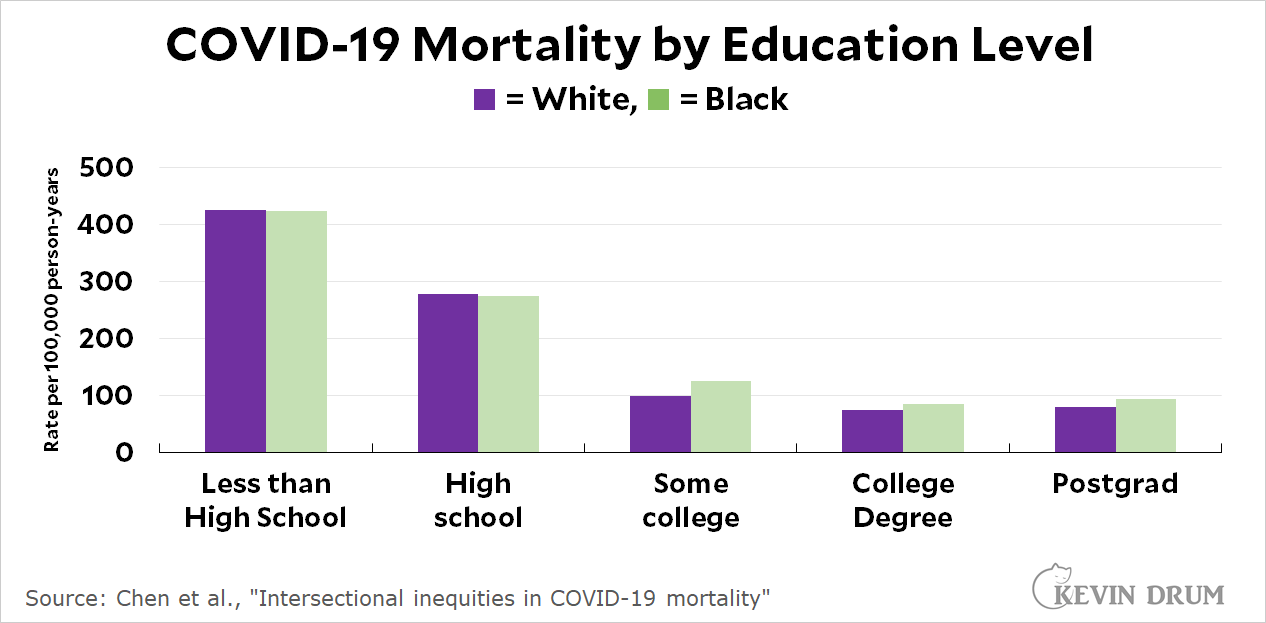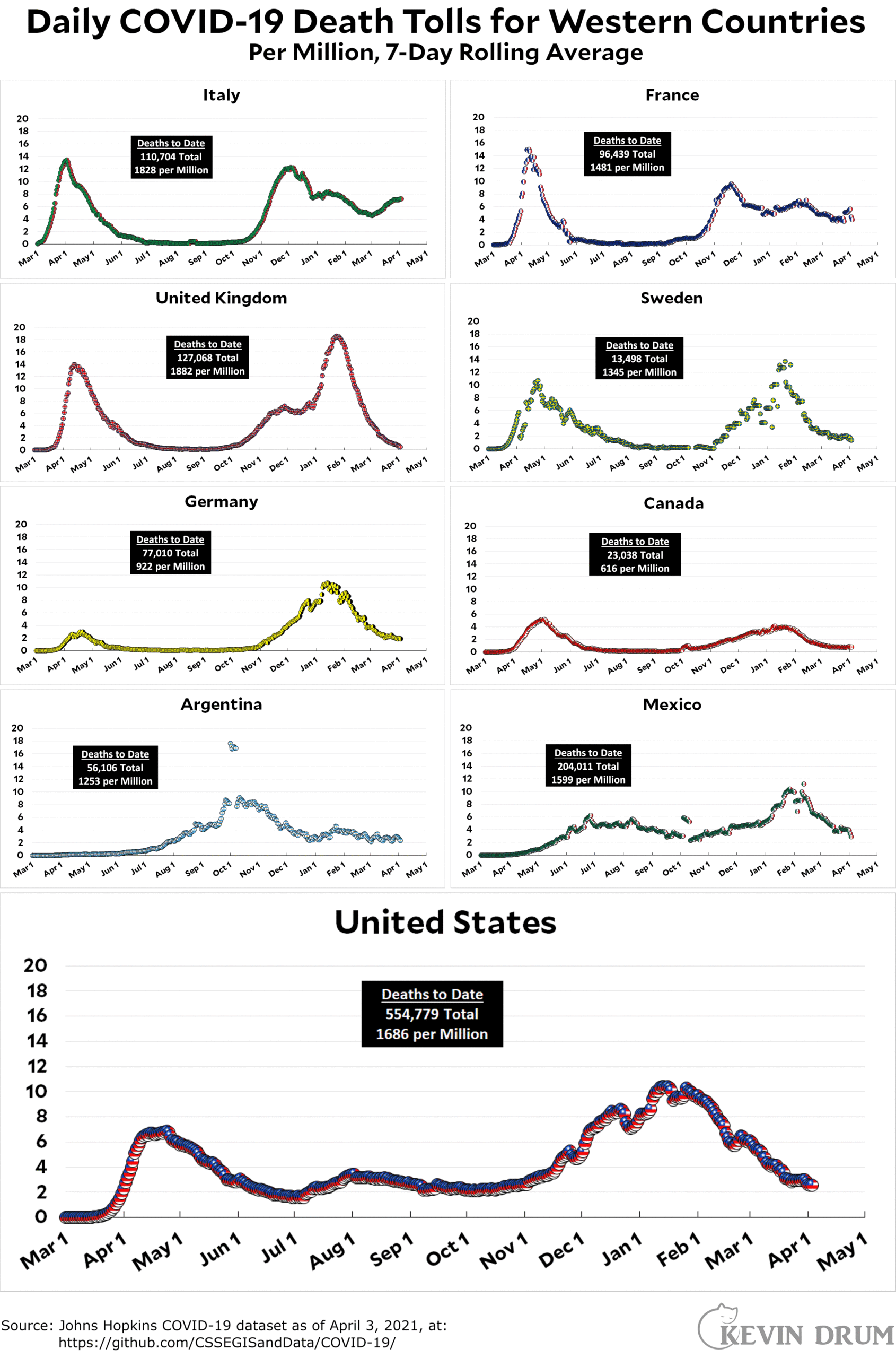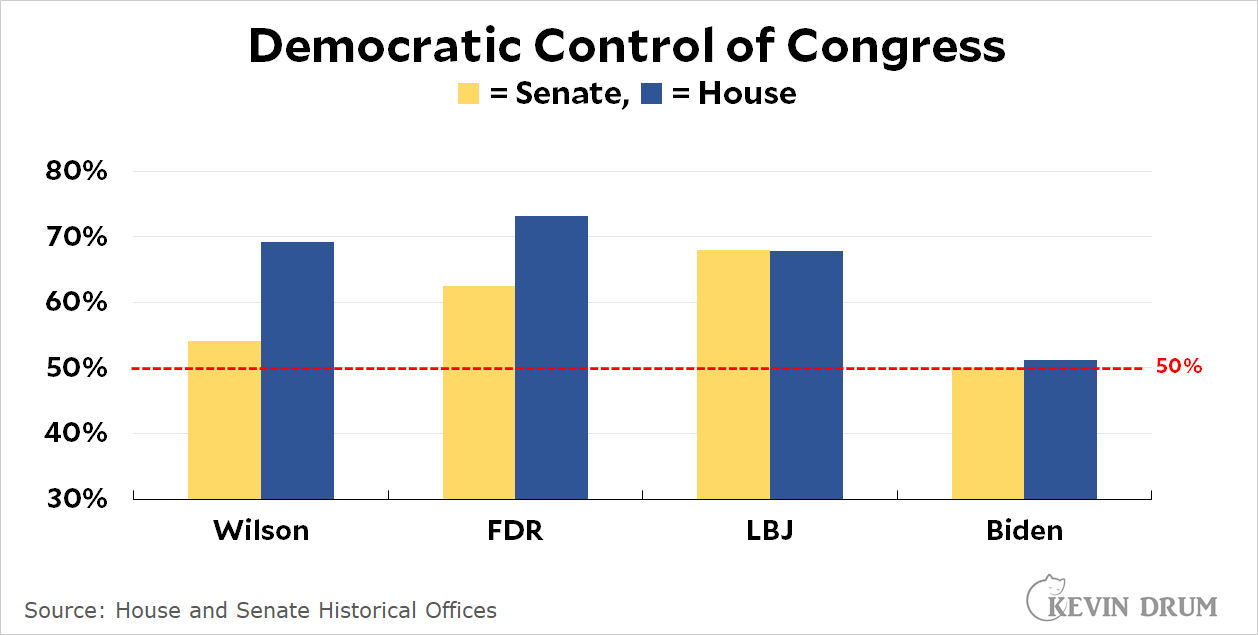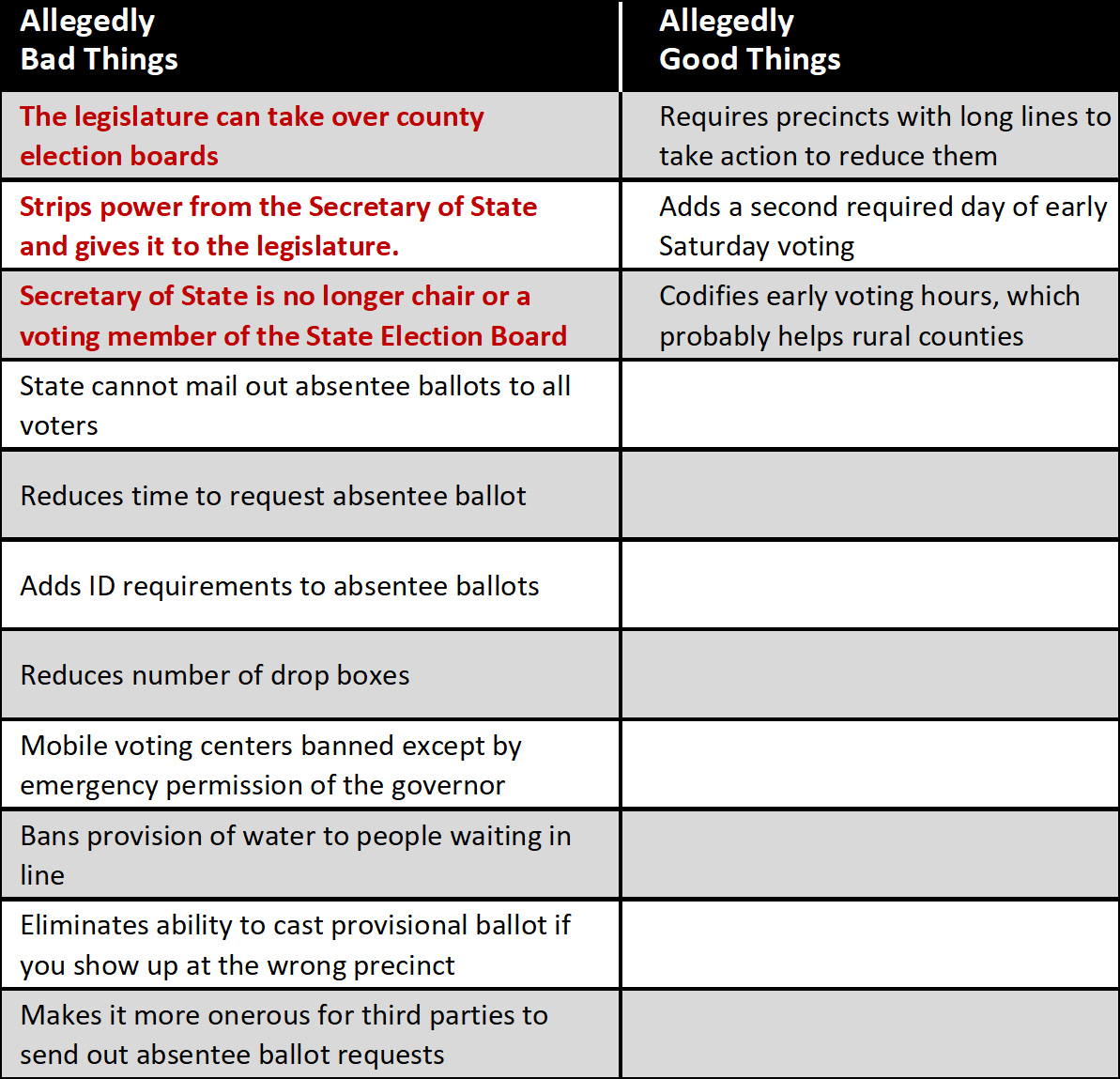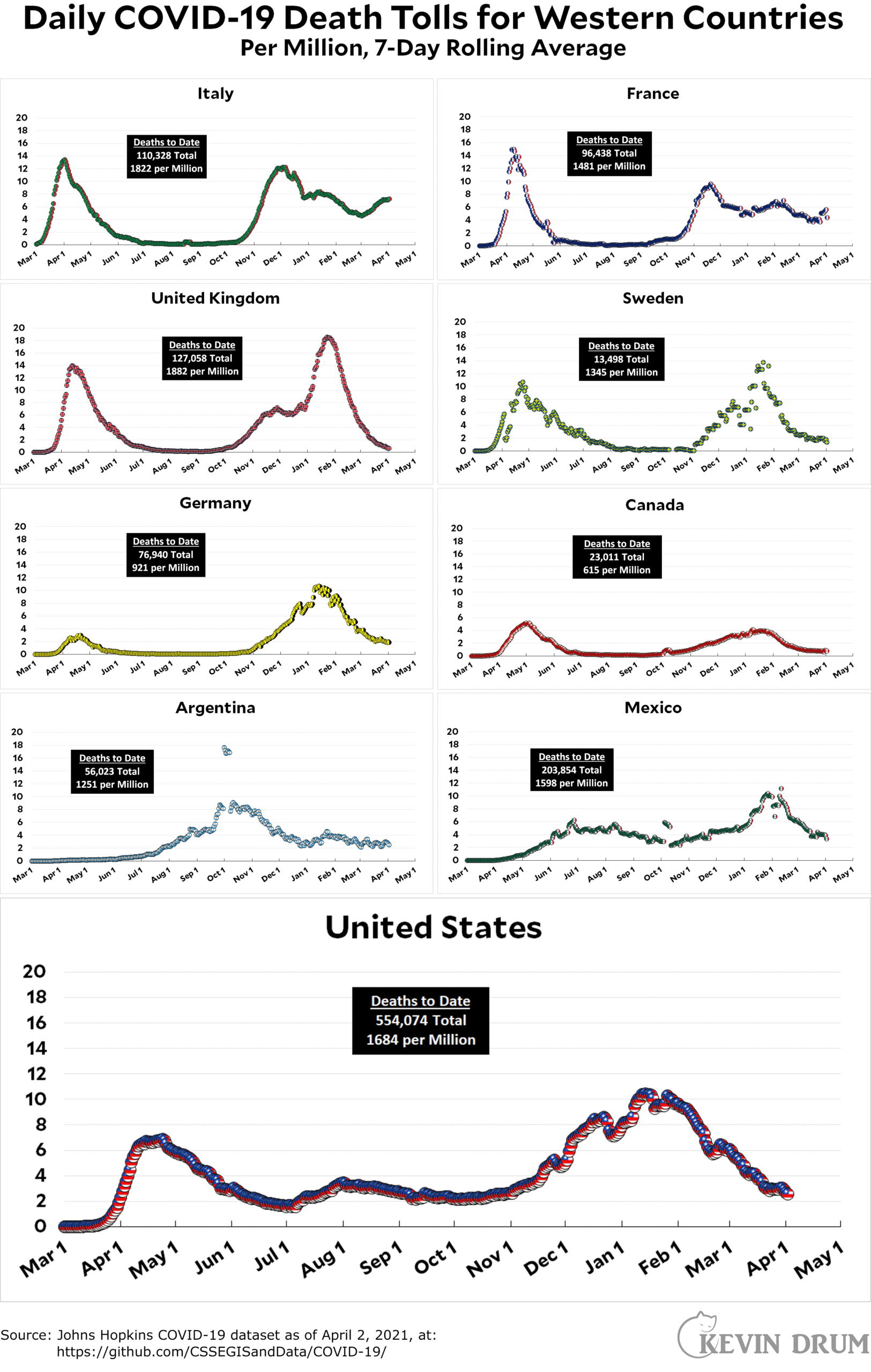There are times when I feel like I no longer understand anything. Take money, for example. No one really understands money, so I've never felt too bad about not understanding it myself. Still, at least I had a rough idea of why one thing might be money and another thing wasn't. Sadly, I'm not even sure of that, anymore. Here is the Wall Street Journal today on China's shiny new digital currency:
It might seem money is already virtual, as credit cards and payment apps such as Apple Pay in the U.S. and WeChat in China eliminate the need for bills or coins. But those are just ways to move money electronically. China is turning legal tender itself into computer code.
Huh. China isn't merely moving money digitally, it's turning money itself into digits. I have no idea what that means. Then there's this:
China’s version of a digital currency is controlled by its central bank, which will issue the new electronic money. It is expected to give China’s government vast new tools to monitor both its economy and its people. By design, the digital yuan will negate one of bitcoin’s major draws: anonymity for the user.
So . . . it's not a blockchain currency or anything like that. It's just stuff issued by China's central bank.
But doesn't China's central bank already issue money? Yes, and of course it issues much of it digitally, that being how the world works these days. We could refer to this as digitally issued yuan. The new currency, by contrast, is digital yuan.
So what's the selling point? Here's one possibility:
Digitization wouldn’t by itself make the yuan a rival for the dollar in bank-to-bank wire transfers, analysts and economists say. But in its new incarnation, the yuan, also known as the renminbi, could gain traction on the margins of the international financial system.
It would provide options for people in poor countries to transfer money internationally. Even limited international usage could soften the bite of U.S. sanctions, which increasingly are used against Chinese companies or individuals.
Go ahead and call me cynical, but I don't think China cares even slightly about the ability of people in poor countries to transfer money. In fact, as far I can tell, the real reason behind the e-yuan is that China feels that its citizens are just too damn free. The new currency, since it's purely digital, can be tracked perfectly. The government will know about every penny you spend, and just as e-books are merely "licenses," rather than actual books, the new yuan is programmable. "Beijing has tested expiration dates to encourage users to spend it quickly, for times when the economy needs a jump start."
Uh huh. And check out this non-sequitur: "Beijing is also positioning the digital yuan for international use and designing it to be untethered to the global financial system." That would be a helluva trick, wouldn't it? International but not tied to anything actually international. It makes no more sense to me than it did for the old soft currencies in the communist bloc countries.
Long story short, I don't see anything new here. What I see is a recognition by China that it wants more control over its citizens and it's too late to get that with the current incarnation of the yuan. The horse has already left that particular barn. It's better to start completely over with a currency that keeps everyone on a tight leash.
But that only works if the e-yuan doesn't become an international currency. So perhaps this means that China is planning to have two currencies going forward: the yuan for international use and the e-yuan for domestic use.
WARNING: No one else seems to be interpreting the e-yuan this way. This probably means I don't understand what's going on. But then again, maybe no one else does either.

